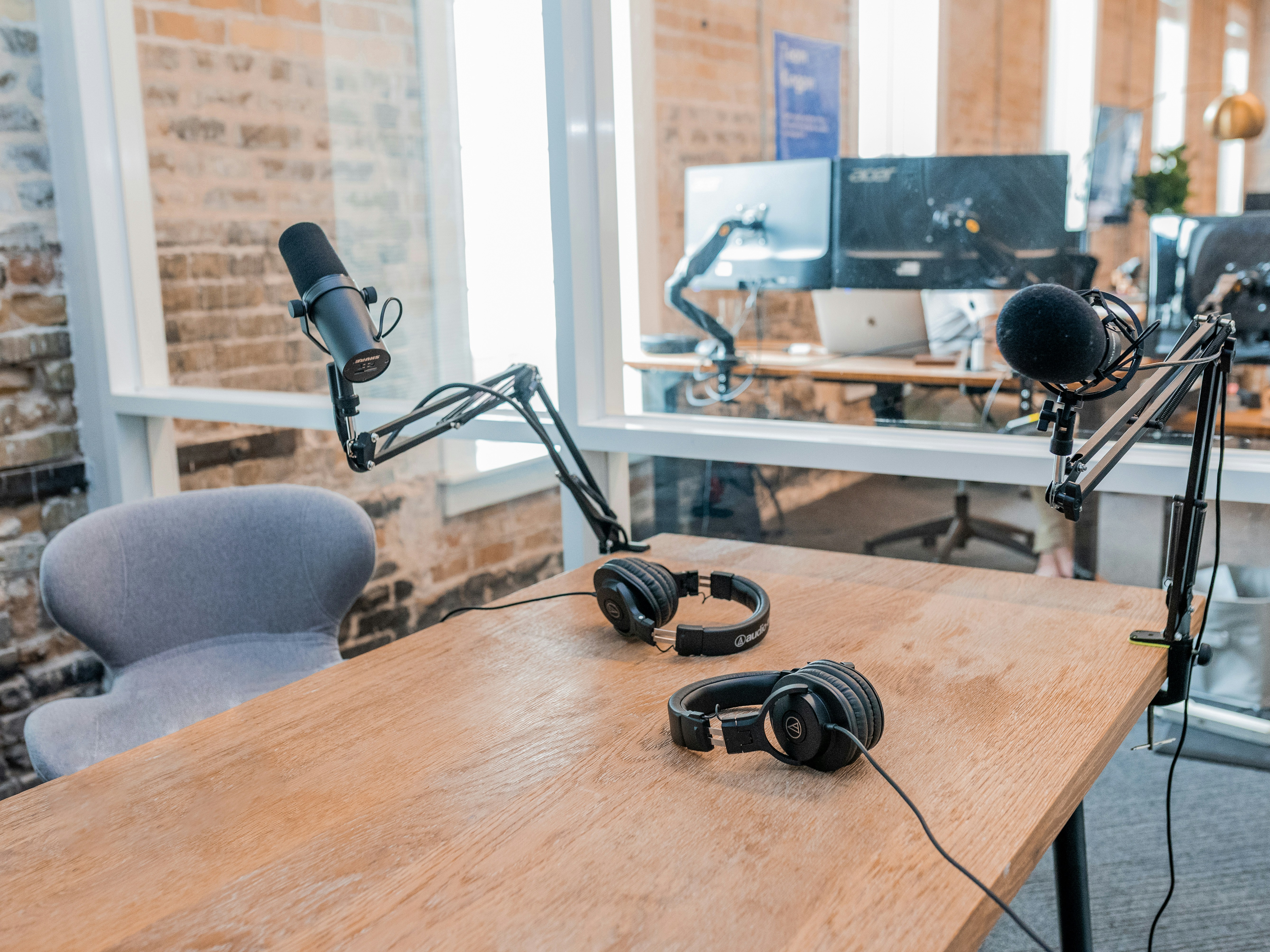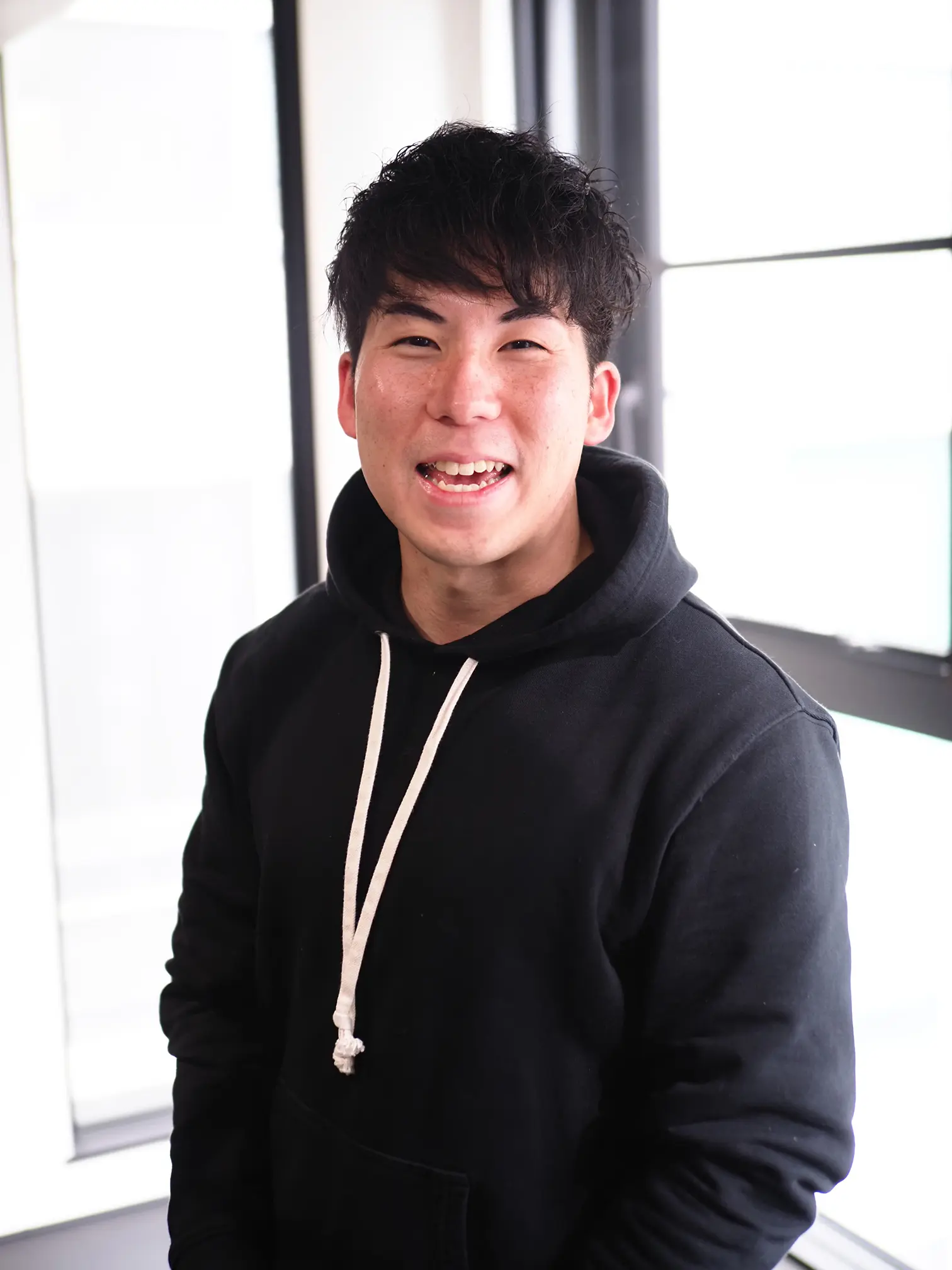
As someone who’s never tried a personal gym before, I sat down with our trainers to ask the questions we hear most often from our clients. I didn’t hold back—this interview covers everything, including real client feedback and actual results.
This time, I focused on the one question that matters most to anyone considering a personal gym:
“Do personal gyms really work?”
Here’s what our trainers had to say.
Real Results from FIT HIVE Clients
–2.3 kg & –2.3% body fat
–3 kg & –2% body fat in 1.5 months
–2.3 kg & –1.6% body fat in ~2 months
Bench press 105 kg, –5% body fat
+10 kg bench press in 1.5 months (from 90 kg)
–4.6% body fat, bench press 85→100 kg in 2 months
Do Personal Gyms Really Work? We Asked Real Trainers Your Most Common Questions
I’ve heard that even just one 1-hour training session per week at a personal gym can be effective… but does it really work for everyone?
Basically, you will see results!
However, if you want to achieve better and more consistent results, managing your diet and establishing regular exercise habits are also important.
Training twice a week is considered more effective, so even adding a little bit of exercise you can do at home will help you see improvements more easily!
I’m curious about the average number of sessions, frequency, and cost!
As a general guideline, committing to about 2 to 3 months makes it easier to see real results.
The cost varies depending on the plan you choose, but most clients start with a plan of 4 sessions per month.
Of course, individual results may vary, but since it takes some time for your body to change, it’s best to start with enough time and patience.
If I train for one month, how much weight can I lose? I want to know the number—like how many kilos!
It really depends on the approach, so it’s hard to say exactly how many kilograms you can lose.
If your only goal is to lose weight, you can drop as much as you want by strictly managing your diet.
But what’s important about going to the gym is changing your appearance.
Instead of just losing weight, the goal should be to increase your skeletal muscle mass, reduce body fat percentage, and build a body that won’t easily regain weight.
Does personal training work for non-exercisers and women? I’m really bad at working out…
No problem at all!
About 90% of our clients are beginners, and many of them are women.
Because of hormones, women tend to build muscle more slowly than men, so proper training and diet control are especially important. But if you stick with it, everyone sees solid results!
On the other hand, what kind of results can men expect if they want to build muscle?
Building muscle improves your balance and posture, making a better first impression by increasing trust and likability.
It also helps prevent lower back pain and boosts your metabolism, making it harder to gain weight.
Beyond appearance, muscle growth can increase testosterone levels and promote the release of serotonin and endorphins, which are known to reduce stress!
Do you really need to follow a diet to see results?
It depends on your goal, but if you want to lose weight, managing your diet is almost essential.
However, from the initial consultations, many clients seem to think dieting means extreme restriction.
I recommend a beautiful, sustainable diet that lets you maintain your figure for the long term without ever rebounding!
Oh, I’d love to hear more about that!
We don’t recommend extreme dieting or strict “no this food” rules.
Instead, we focus on managing calories while keeping a good balance of PFC—protein, fat, and carbohydrates—as well as other nutrients.
Our approach supports a sustainable way of eating that’s easy to maintain.
Sometimes, we believe it’s important for both your body and mind to enjoy your favorite foods.
If I stop going to the gym, will I lose my progress quickly? Do I have to keep going to maintain results?
You won’t lose all your progress just because you stop going to the gym.
What’s really important is building your own exercise habits.
As trainers, our role is to support you in achieving your ideal body shape.
Many clients continue what they learned at the personal gym by working out at 24-hour gyms for 3 to 6 months or more—and see even better results.
Some people struggle alone simply because they don’t know how to continue.
That’s why we recommend using a personal gym as your first step.
Why Do Some People Fail to See Results at Personal Gyms? Common Traits of Those Who Don’t Succeed
Why do you think some people don’t see results even after going to a personal gym?
Well, honestly, there are many reasons, so it’s hard to generalize…
But personally, the most common cause I see is that people have vague goals and don’t make it truly their own.
Ah, yeah… I do think “I want to lose weight” or “I want to build muscle,” but maybe I haven’t really thought about it deeply…
Exactly. If the “why” behind wanting to lose weight or build muscle isn’t clear and strong, it’s easy to lose focus or give up along the way.
How do you support people who struggle with that?
I always tell my clients to set clear goals.
For example, they create a specific target like “reduce body fat by X% in Y months.”
Then, I make sure they can clearly explain why they want to achieve that goal within that timeframe—in their own words.
This helps them take ownership and stay motivated.
The first step is to really think about why you’re going to a personal gym.
I see! It’s great that you help with setting goals!
But honestly, even if I set goals, I tend to give up after just a few days (lol).
Actually, I used to go 2–3 times a week before, but I didn’t lose any weight at all…
Are there any common traits or bad habits among people who struggle to see results?
It’s rare for someone to see no results at all, but those who struggle often tend to neglect their diet.
For example, one client came twice a week consistently and was gaining strength, but their body fat percentage barely decreased.
They regularly reported their meals, and based on those reports, there didn’t seem to be any major issues.
However, when we asked them to log everything they ate for a few days, we calculated their PFC balance and calorie intake—and found they were consuming way more than they thought.
What was the cause?
They were eating snacks brought to the office every day.
They said, “I didn’t report them because I thought they were small and didn’t matter.”
I get that! I might be doing the same thing…
I’m careful with my three main meals, so I think, “This little bit won’t hurt, right?”
I don’t want to give the wrong impression—it’s not that you can’t eat snacks.
The problem is eating so much every day that it leads to a calorie surplus.
I see! So it’s not necessary to cut them out completely.
That’s right. Also, people who try to cut calories by eating only one meal a day often find it hard to lose weight.
On the other hand, those who pay attention to their PFC balance and have established exercise habits definitely see results.
There’s a lot more I’d love to share, but it’s hard to cover everything here—so please ask me during your counseling session for more details!
I thought getting results meant I shouldn’t eat anything! Actually, it’s great to hear that I don’t have to cut out snacks completely!
How to Maximize Your Results at a Personal Gym: Secrets to Getting the Most Out of Your Training
FIT HIVE clients seem to achieve solid results—what do you think is the key reason behind that?
The biggest reasons, I believe, are that our clients experience far less stress from dieting and genuinely enjoy their training sessions.
Is there anything you especially focus on to help clients actually feel the results?
During the initial consultation, I think it’s really important to help clients become aware of what they need to do to reach their goals and ideal body shape.
We encourage habits like checking ingredient labels before eating to understand what’s in the food, and staying mindful of using proper form during training.
When building your body, focusing on these basics consistently is the fastest path to success.
That’s true—it’s really important not to just rely on the trainer, but to stay aware and take ownership yourself!
There are many other personal gyms and 24-hour gyms out there—can you explain what makes FIT HIVE different?
Well, first of all, with 24-hour gyms, you have to create your own workout plan and train by yourself.
Some offer personal training, but it’s often done with multiple clients at once or depends on machine availability, making it hard to focus on individualized training.
Also, many personal gyms require long-term contracts of six months or more that can cost hundreds of thousands of yen, and some only offer semi-private rooms instead of fully private ones.
In contrast, at FIT HIVE, we prioritize making it easy to get started.
We offer month-to-month contracts, longer 70-minute sessions instead of the typical 60 minutes, and even shorter 35-minute plans for beginners.
We also have a points system that lets clients earn free training sessions or protein supplements, making it more affordable and rewarding.
So the more you come, the more benefits you get!
I myself hold a US-certified personal trainer qualification and a Level 1 Dietitian certification.
In my previous job, I also completed training supervised by physical therapists at a major personal gym.
Leveraging that experience, I can support not only body shaping and dieting but also help with lower back pain and chronic issues.
Feel free to consult me about posture correction and functional improvement as well.
What results can you expect from a personal gym?
What kind of changes and benefits can you expect from going to a personal gym?
To be honest, whether you can change or not depends on you.
Of course, we do our best to give advice and support to solve your concerns, but it’s ultimately up to the client to take action.
That said, many who stick with it not only see physical changes but also tell us they’ve become more positive at work or gained confidence.
Hearing those stories always makes us happy.
Pilates and yoga have become popular recently, but how are they different from going to a gym?
This is a question I get a lot, so let me briefly explain the differences based on their purposes and effects.
First, yoga focuses on improving flexibility, practicing diaphragmatic breathing, and reducing stress. It’s about balancing the mind and body.
Pilates mainly aims to improve posture and strengthen the core muscles, targeting the deep muscles inside the body.
Gyms, on the other hand, mainly train the outer muscles. That’s why gym training is great for body shaping, building muscle, and boosting your metabolism—perfect if you want a toned appearance.
There’s no single “right” answer—it’s important to choose the exercise that fits your goals.
What are the advantages and disadvantages of going to a personal gym?
| Benefits |
|
|---|---|
| Drawbacks |
|
How to Choose a Personal Gym That Delivers Results — Pro Tips for Finding the Right Fit
How can I avoid choosing the wrong personal gym? What should I check from a trainer’s perspective?
If I were the one choosing a personal gym, the points I’d want to check would be…
- Whether the trainer has a solid understanding of anatomy
- Whether the consultation is thorough and personalized
- Compatibility with the trainer
Is knowledge of anatomy really that important?
It’s extremely important. Honestly, having a solid knowledge of anatomy makes a huge difference in how effective your training will be.
Personal trainers in many places aren’t required to have national certifications, so technically anyone can become one. Because of that, there are quite a few trainers with shallow knowledge.
Of course, having a certification doesn’t always mean someone is a great trainer, but there are people who become trainers just because they like working out and end up coaching clients based solely on their own feelings. So you need to be careful.
Every client is different — their bodies and goals vary. That’s why I believe a trustworthy trainer is someone who can logically explain their choice of exercises and the reasons behind them, like saying, “We do this exercise because of this specific cause.”
Counseling means the first session, right?
Exactly. That first counseling session is really important.
It’s like going to the doctor with a cold and being given medicine without any examination—that wouldn’t feel right, would it?
In a personal gym, the counseling is like that examination. It’s a crucial part and serves as a sort of client “medical record.”
If the trainer listens carefully during this session, they can fully understand your body and lifestyle habits, which makes the training plan and nutrition advice much more accurate.
On the other hand, a gym that overlooks counseling is like a doctor prescribing medicine without any checkup—it’s a bit worrying.
What do you mean by “compatibility with the trainer”?
Knowledge and skills are important, but since this is a relationship between people, whether you “click” or not really matters.
If you’re going to keep going long-term, it’s crucial to have a trainer you can trust, feel comfortable talking to, and who motivates you.
So when choosing a gym, I recommend trying a trial session or consultation first and seeing if you think, “I could keep going with this person.” That feeling can be a key factor in your decision.
- NSCA-CPT (Certified Trainer by NSCA)
- Level 1 Diet Certification
Worked at ECC Corporation before gaining experience at a major personal gym. Currently self-employed.


 Reserve a Free Trial Training
Reserve a Free Trial Training 
